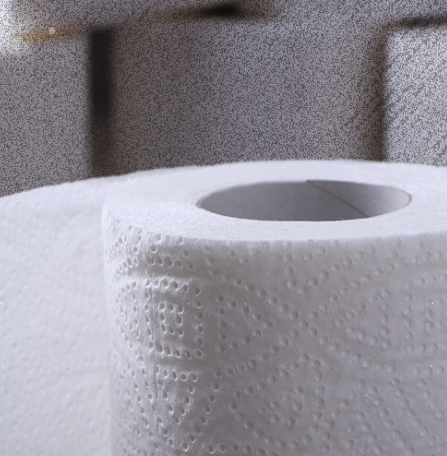Toilet paper, an everyday necessity for billions of people, seems like one of the most benign products in our homes. But recent research has uncovered a troubling truth: many brands of toilet paper contain “forever chemicals,” technically known as per- and polyfluoroalkyl substances (PFAS). These substances, lauded for their durability and resistance to water, grease, and stains, are now raising red flags due to their persistent nature in the environment and potential links to serious health issues—including cancer, liver damage, and reproductive problems.
What Are PFAS and Why Are They in Toilet Paper?
PFAS are a class of over 12,000 synthetic chemicals that have been used since the 1940s in a wide variety of products, from non-stick cookware to waterproof clothing. Their unique chemical structure—fluorinated carbon chains—makes them incredibly resistant to degradation. Because they don’t break down in nature or the human body, they’ve earned the nickname “forever chemicals.”
So how did they end up in toilet paper? According to a 2023 study published in the journal Environmental Science & Technology Letters and reported by The New York Times, PFAS may be introduced during the manufacturing process, especially if recycled materials are used. Wastewater and sludge from industrial sources can contain PFAS, and when this waste is recycled into paper pulp, the chemicals can be passed on to the final product.
Another source may be the use of PFAS-containing chemicals as processing aids to enhance softness, strength, or absorbency. Manufacturers rarely disclose these chemicals, making it nearly impossible for consumers to know if their preferred brand is affected.
Small Amounts, Big Concerns
One might argue that the trace levels of PFAS in toilet paper are negligible. However, toxicologists warn that even low concentrations can accumulate in the body over time. And since toilet paper is in direct contact with skin—and often with mucous membranes—it can offer a pathway for chemical absorption. When flushed, the PFAS can also enter sewage systems, ultimately contaminating water supplies and soil, contributing to the global problem of PFAS pollution.
Moreover, the use of PFAS-laden toilet paper contributes to a vicious environmental cycle. After use, PFAS enter wastewater treatment systems, which are not equipped to filter them out. The resulting biosolids—often used as fertilizer—can spread PFAS into agricultural fields, where they are taken up by crops and animals. This creates an ever-expanding contamination loop that affects our food, water, and air.
Health Hazards Associated with PFAS
The list of health risks linked to PFAS exposure is long and growing. Studies from organizations such as the U.S. Environmental Protection Agency (EPA) and the Agency for Toxic Substances and Disease Registry (ATSDR) have connected PFAS exposure to:
- Increased risk of kidney and testicular cancer
- Hormonal disruptions
- Weakened immune response (including reduced vaccine effectiveness)
- Elevated cholesterol levels
- Liver damage
- Developmental effects in infants and children
Because PFAS accumulate over time and remain in the bloodstream for years, even minimal exposure can be concerning—particularly in vulnerable populations such as children and pregnant women.
A Global Problem with Few Solutions
PFAS contamination is not just an individual or national issue—it’s global. A study published in 2023 found that toilet paper from North America, Europe, Africa, and Central America all contained measurable levels of PFAS. And since toilet paper is a product with high turnover and near-universal use, it’s a significant vector for introducing these chemicals into both human bodies and the environment.
Regulatory responses have been slow. While some jurisdictions have started banning specific PFAS in food packaging or firefighting foam, few have addressed their presence in consumer paper products. The lack of labeling and transparency from manufacturers further complicates consumer choices.

What Can Consumers Do?
Although it’s difficult to completely eliminate PFAS exposure, consumers can take steps to reduce their risk:
- Choose unbleached, non-recycled, and PFAS-free labeled toilet paper when available.
- Look for third-party certifications like Green Seal or the Forest Stewardship Council (FSC), though these don’t always guarantee PFAS-free products.
- Support legislation that mandates greater transparency in consumer products and bans the use of PFAS in non-essential applications.
- Stay informed by following updates from environmental health organizations and academic research.
Looking Ahead: Rethinking Everyday Products
The discovery of PFAS in toilet paper is a stark reminder that no product is too mundane to escape scrutiny. As consumers, we must demand better accountability and safer alternatives from manufacturers. And as a society, we must invest in the research and regulatory frameworks needed to phase out the use of harmful chemicals in everyday items.
Ultimately, the burden of PFAS contamination reveals the dark side of industrial convenience. In the quest for softness and strength in toilet paper, we’ve allowed our homes—and our bodies—to become unwitting reservoirs for chemicals that may never go away. It’s time to rethink not only what we use, but how it’s made, and at what cost.












